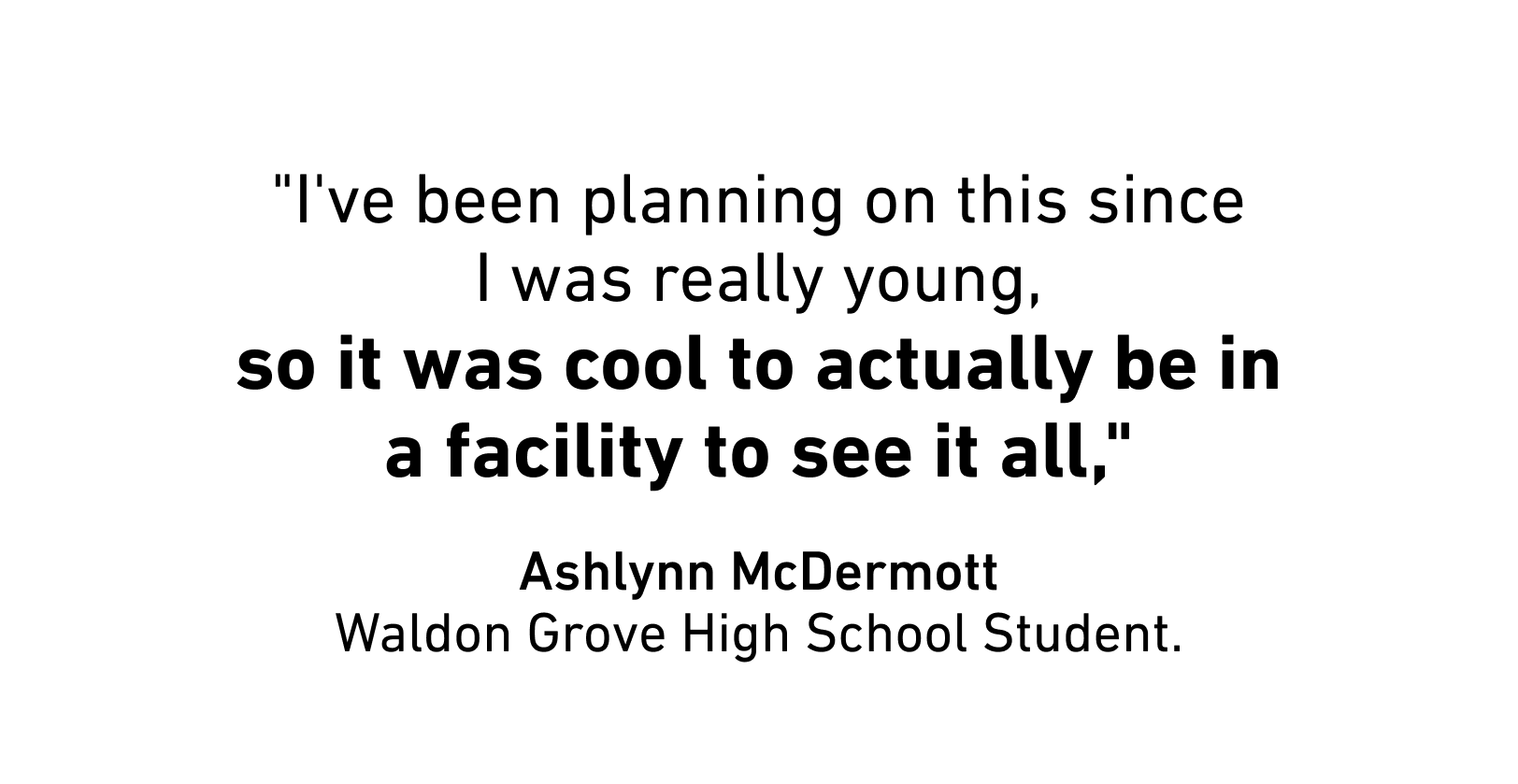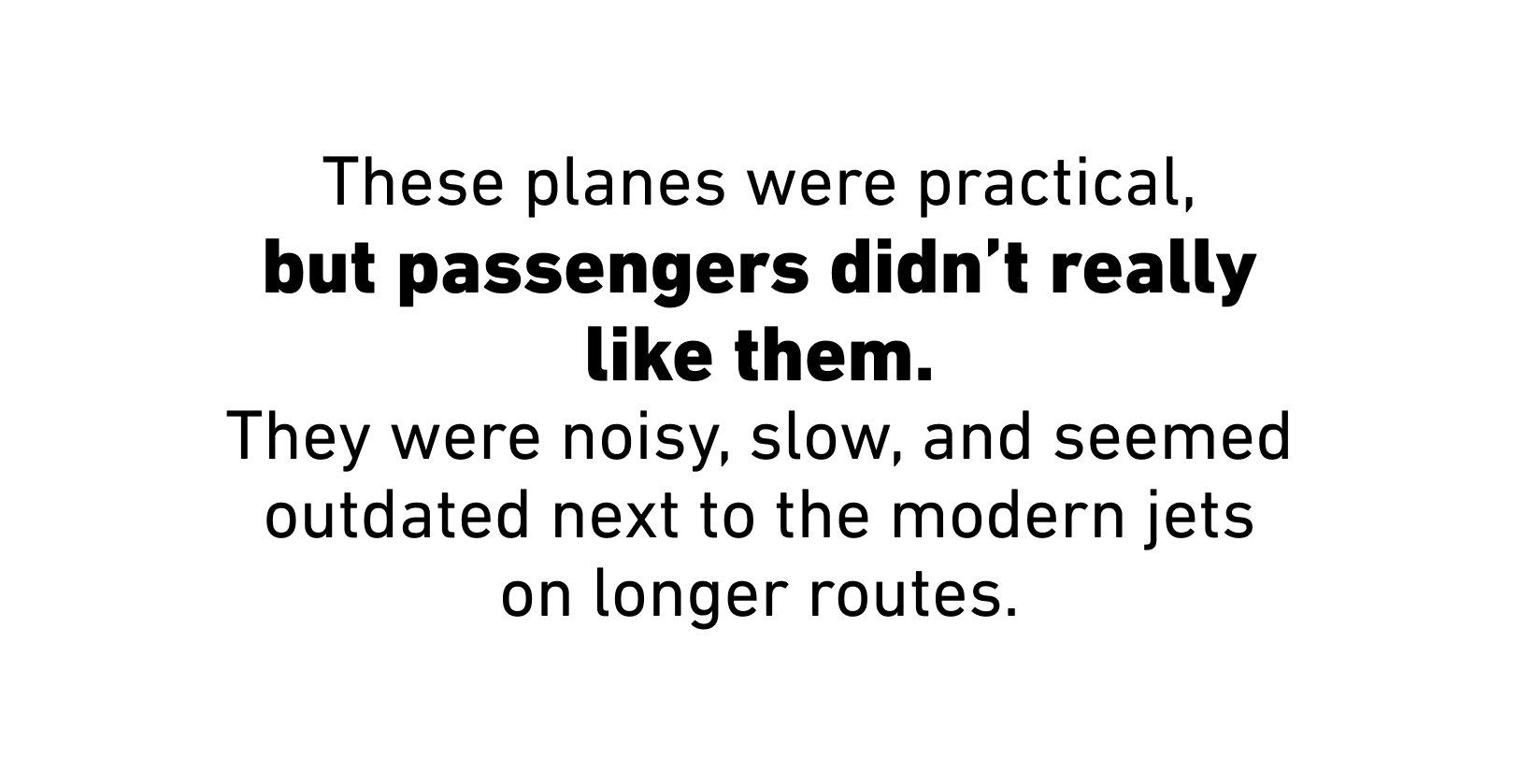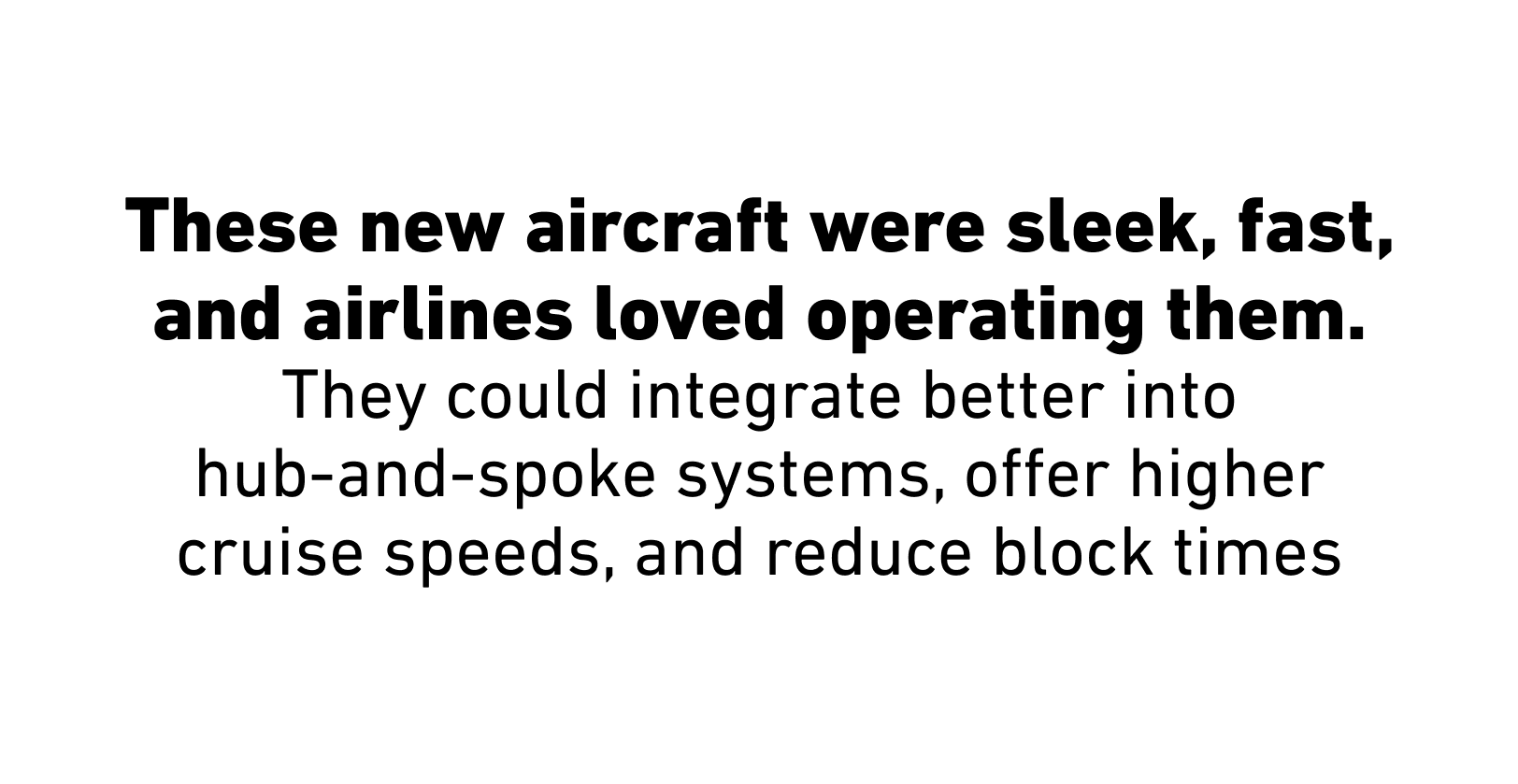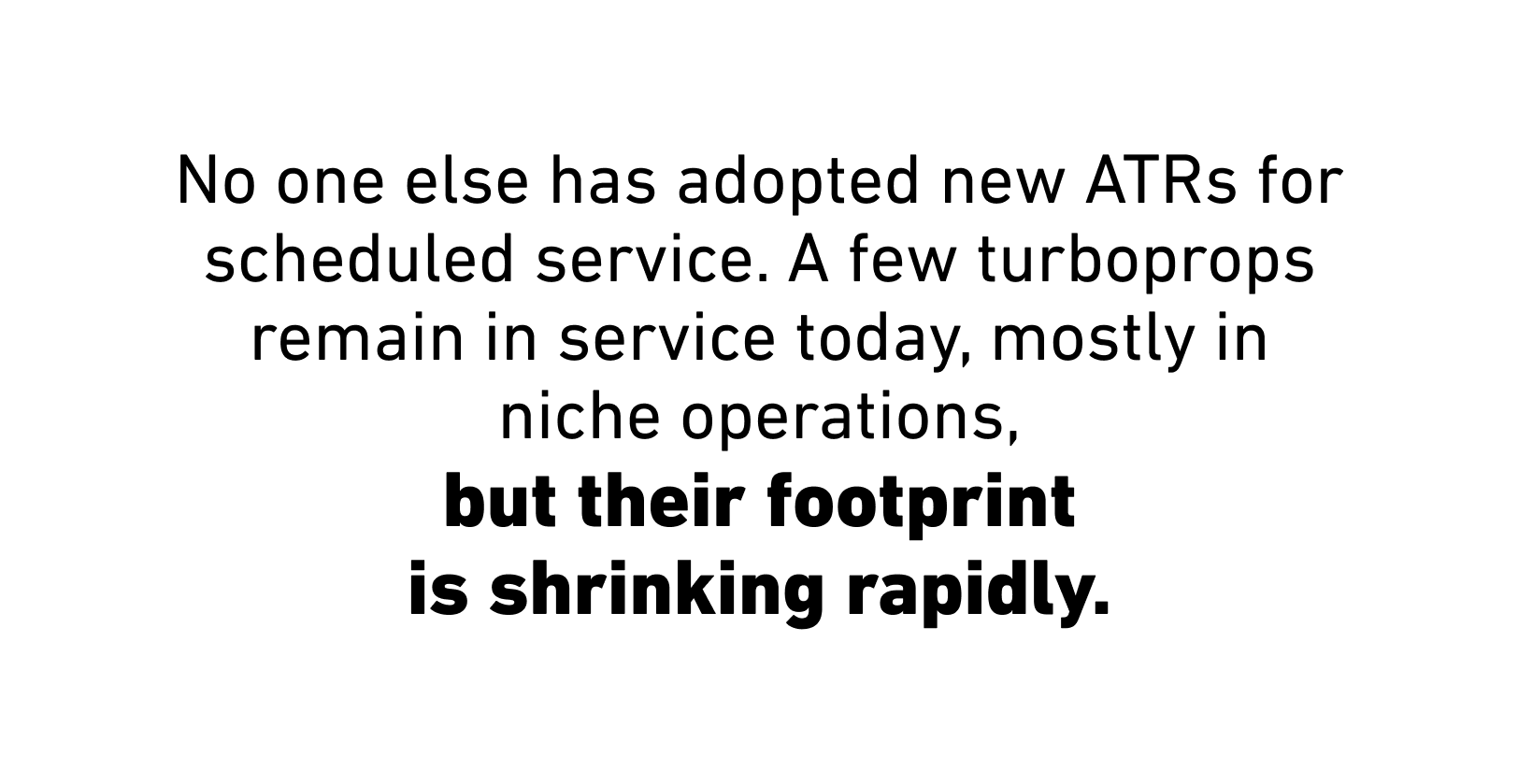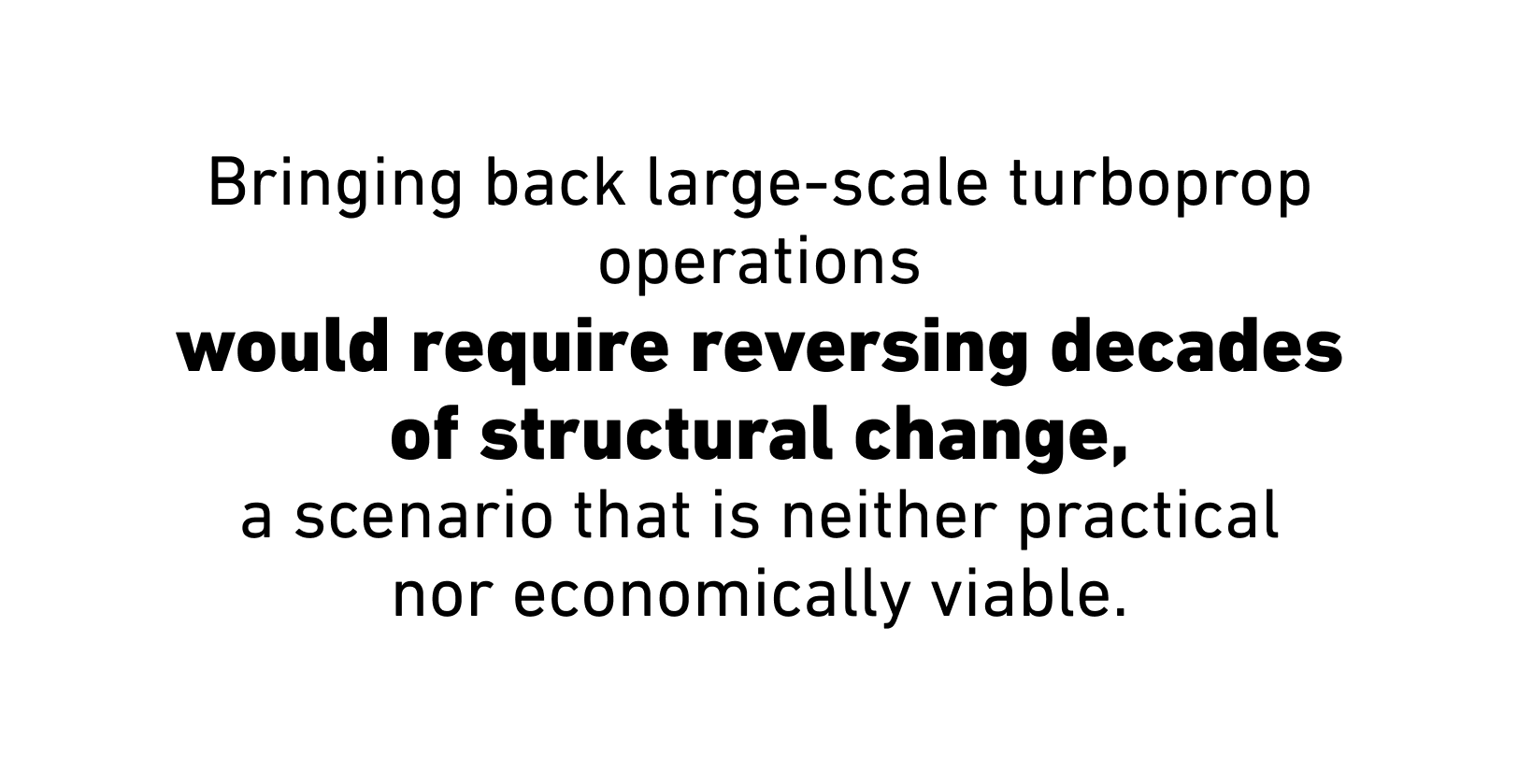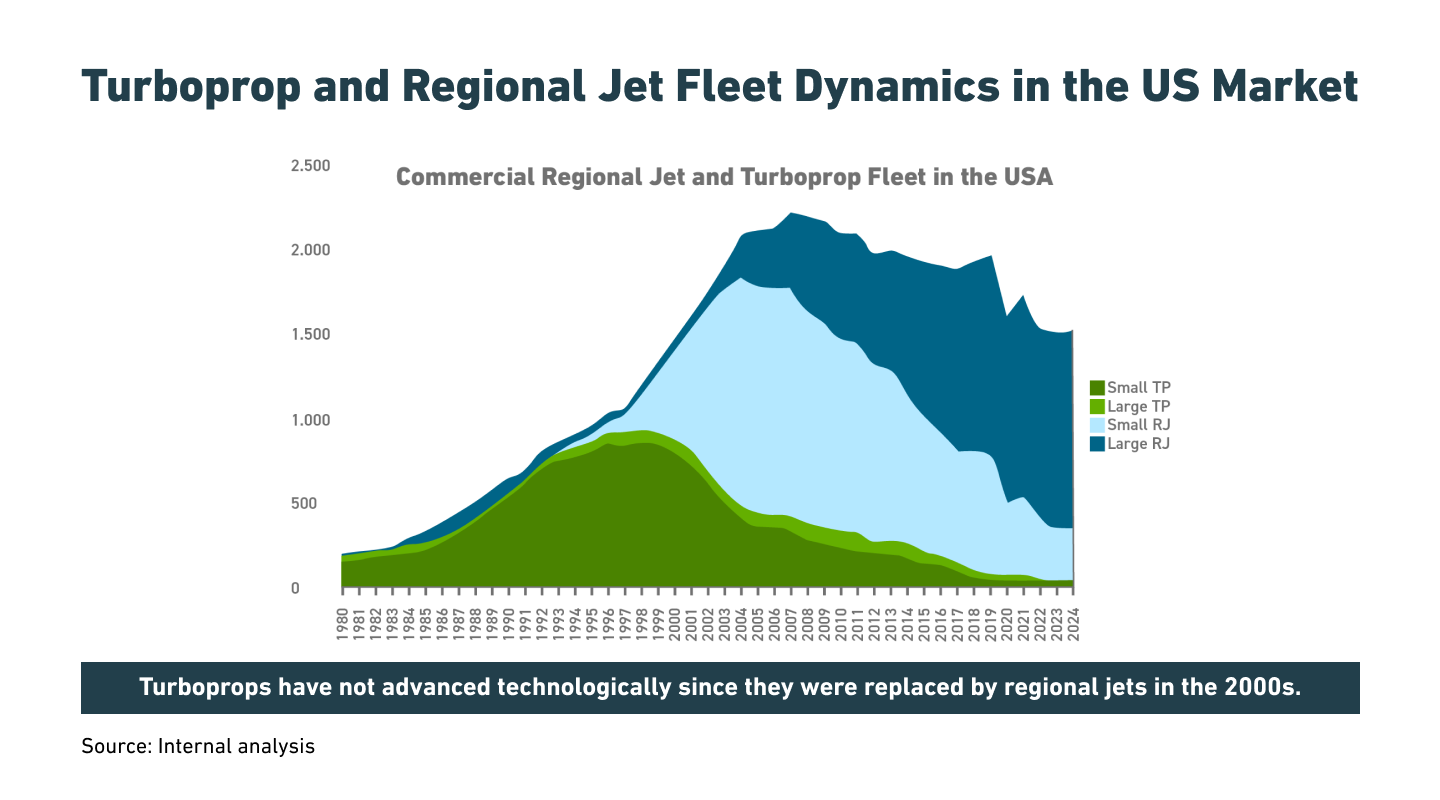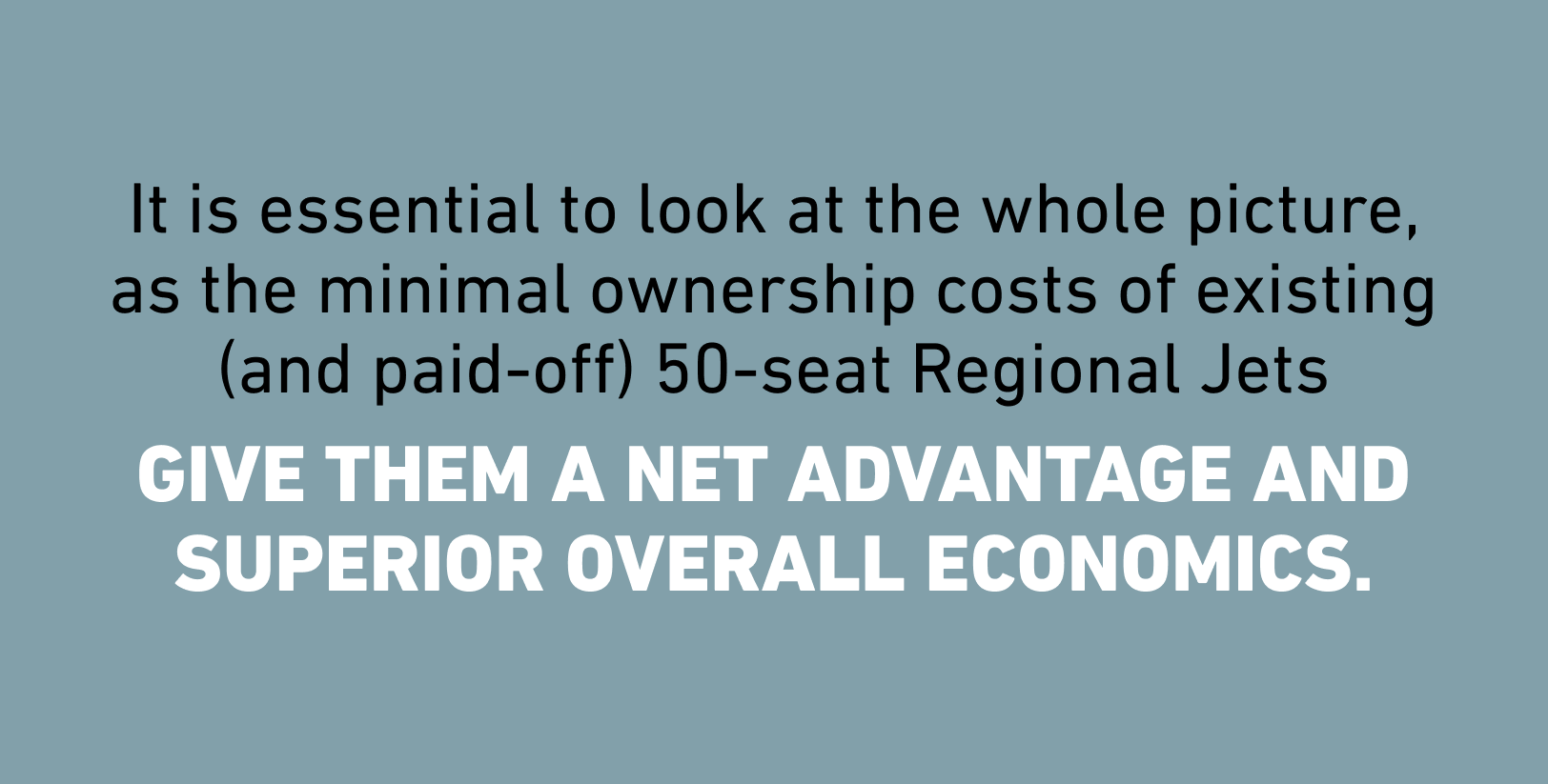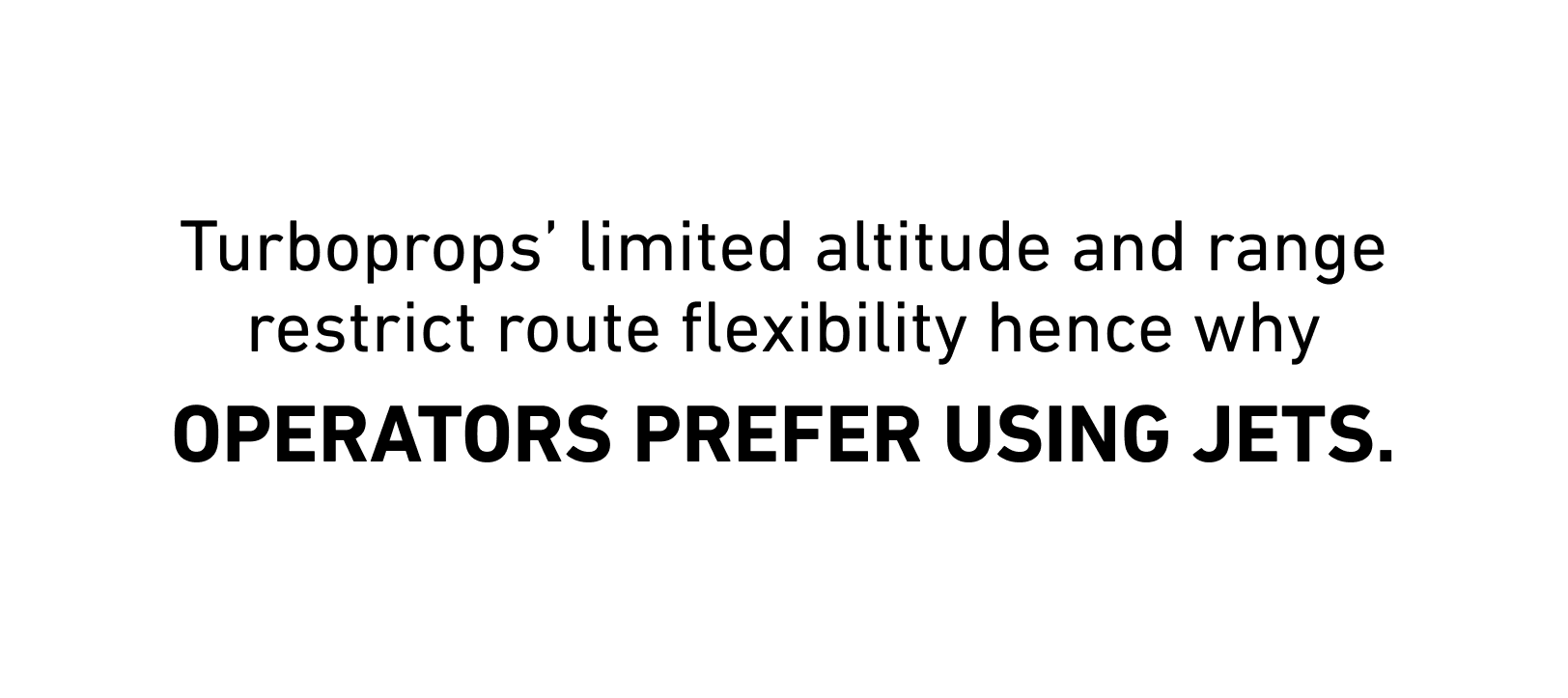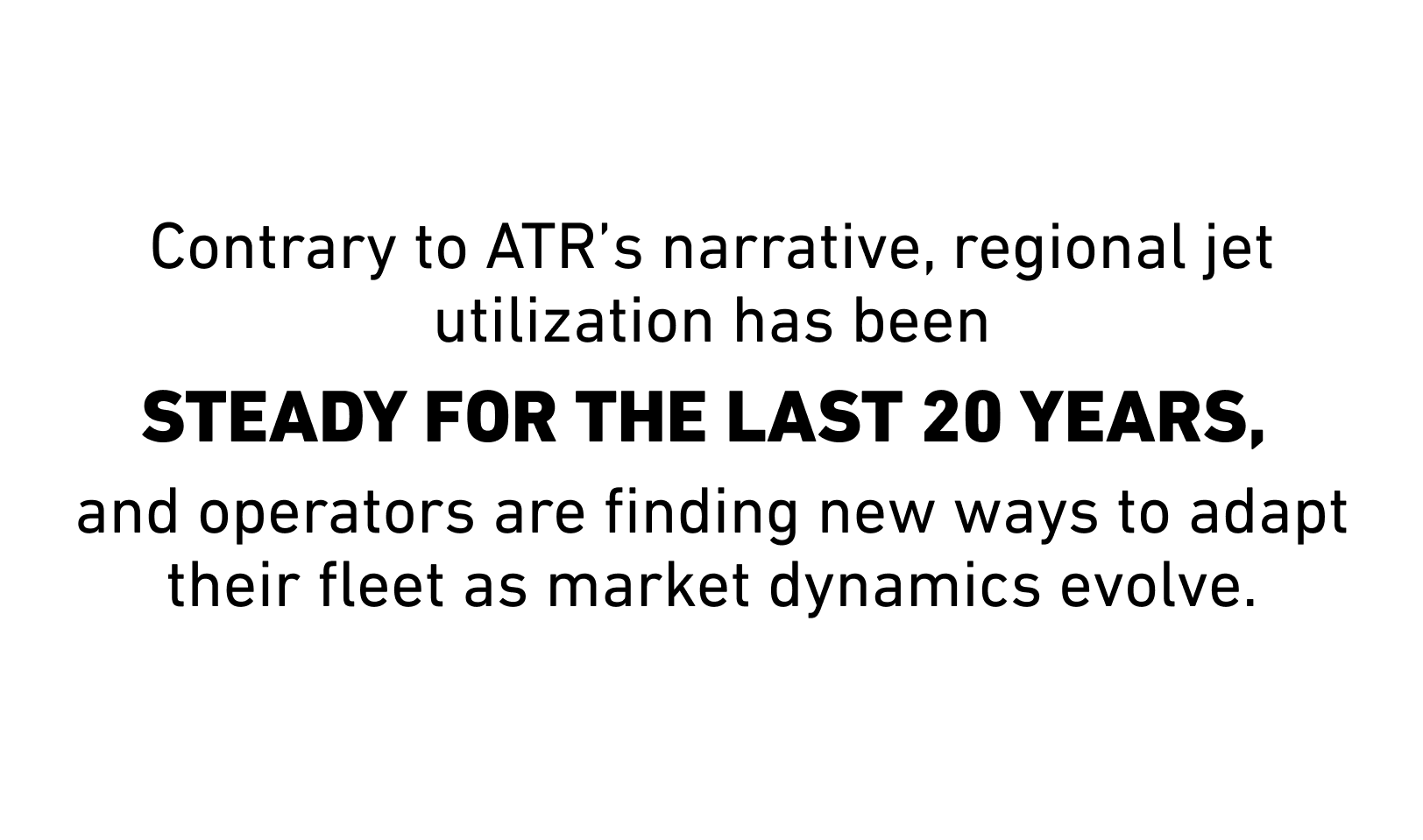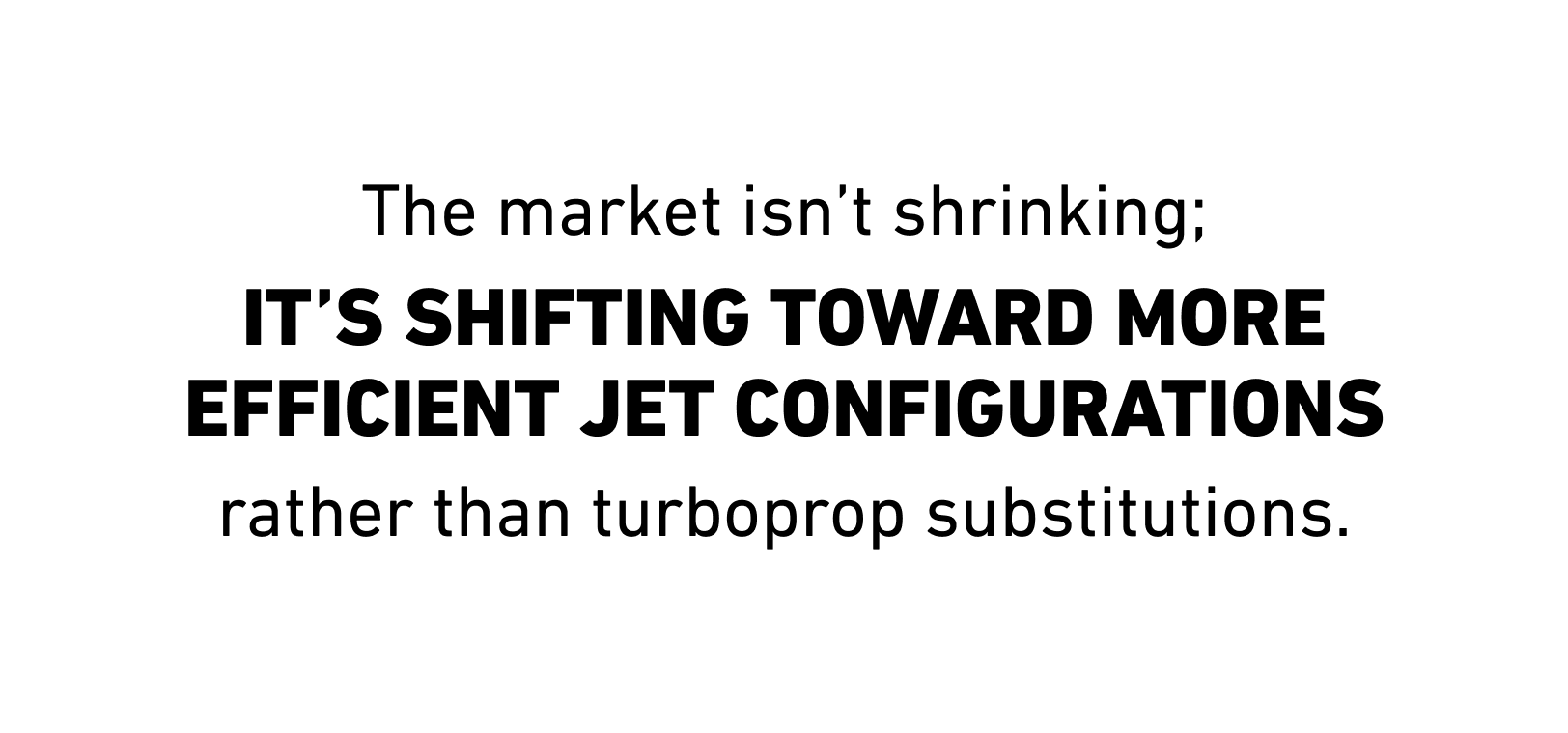
A NEW MARKET FORECAST APPROACH FOR A NEW WORLD OF AVIATION

As the aviation industry emerges from the COVID-19 pandemic, adjusts to ongoing supply chain disruptions, and works to reduce the environmental impact of its operations, it faces unprecedented challenges. In this new aviation world, airlines are being forced to reimagine their business model and operations. To navigate this new reality and anticipate the needs of future travelers, reliable forecasts are more important than ever. In this year's Market Forecast, MHIRJ made a conscious decision to use new techniques and take a fresh look at an ever-changing world using a unique approach.
GETTING TO THE “WHY”
“Most market forecasts utilize an econometric approach which uses statistical methods to develop theories. However, these forecasts just look at statistics often based on GDP, fares, and population size,” explained Antoine Chereau, Director of Aero Advisory Services at MHIRJ. “While these forecasts focus on the ‘how,’ we look at what is creating the travel dynamic today, ‘the why.’ Our report is based on a passenger demand model following a behavioural approach, from which we generate a fleet and delivery market forecast that covers the next 30 years. We use very few correlations or statistics which can be misleading if not well understood.”
Instead of looking at the macro indicators to describe changes in the market, MHIRJ’s Forecast looks at you and me – the passengers – as the true drivers of market demand. By examining the motivation behind buying a ticket, they provide a market forecast that delivers a higher level of reliability and robustness, because passenger behaviours change very little over the years.
KEY PILLARS IN THEIR APPROACH
Their unique 30-year forecast provides a view of the traffic and fleet developments through 2050, and extends to a new timeline aligned with the Paris Agreement’s goal for global warming to not exceed 1.5°C. The reference year for the forecast is 2019, the last “normal” year of air traffic activity before the COVID-19 pandemic hit in early 2020.
In addition to the behavioural approach, the report is based on three additional key pillars, including a traffic flow analysis that goes beyond the intra-regional levels, down to the country-pair and city-pair levels, and which accounts for departure and arrival times for each route. A unique new route opportunity model allows the forecast to include prospective routes that do not exist today, and an aircraft type-specific retirement model for current and future fleet retirements.
AN OBJECTIVE VIEWPOINT
Market forecasts are a complex exercise that seeks to use rigorous methodologies to explain potential future scenarios. As a company that does not manufacture aircraft, MHIRJ brings an objective viewpoint to the forecast and can follow the data without any conflict with other priorities. They believe that they have utilized the most accurate and realistic assumptions based on many years of data.
By offering a more accurate, realistic, forward-looking view of air traffic and fleet evolutions, their goal is to provide aviation companies with the ability to make informed business decisions and establish strategies that ensure their readiness to take on future demands as well as challenges.
The information included in this blog has been taken from the Commercial Airlines Market Forecast created by MHIRJ’s Aero Advisory Team.
To receive the full Market Forecast, please email aero.advisory.services@mhirj.com
- Log in to post comments
By offering a more accurate, realistic, forward-looking view of air traffic and fleet evolutions, their goal is to provide aviation companies with the ability to make informed business decisions and establish strategies that ensure their readiness to take on future demands as well as challenges.

 24
24






